
Wellness exams, pet surgery, parasite control, and
other services for 40 years

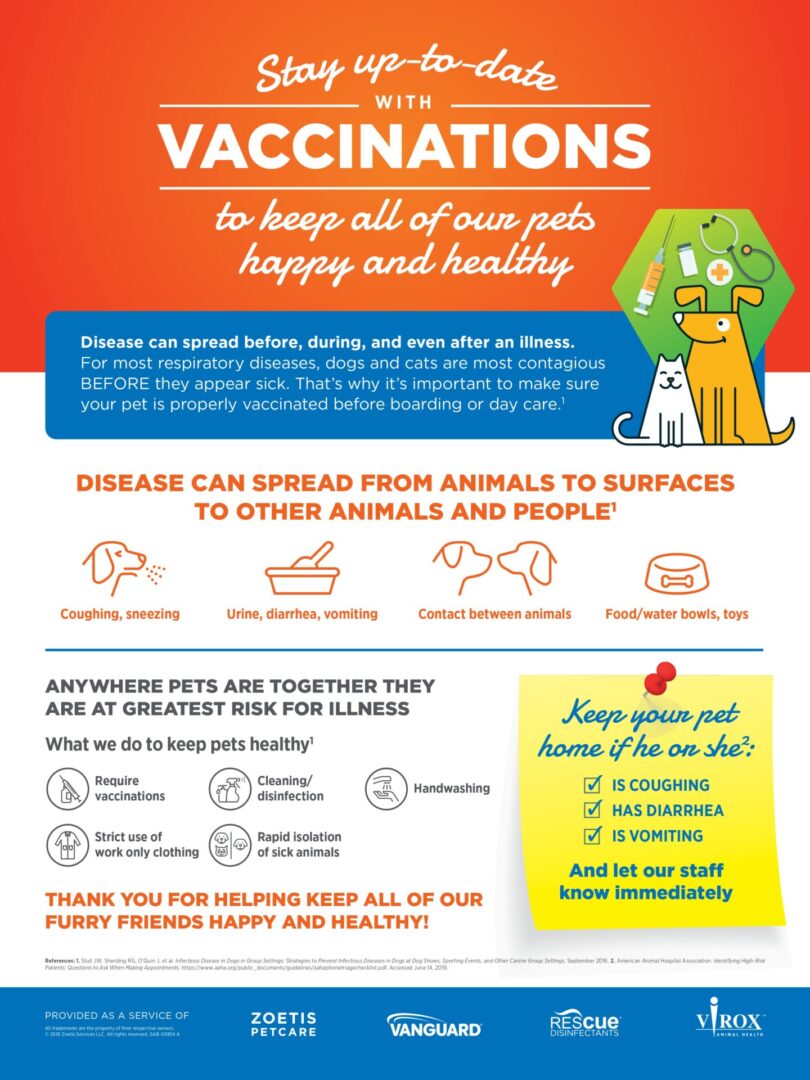
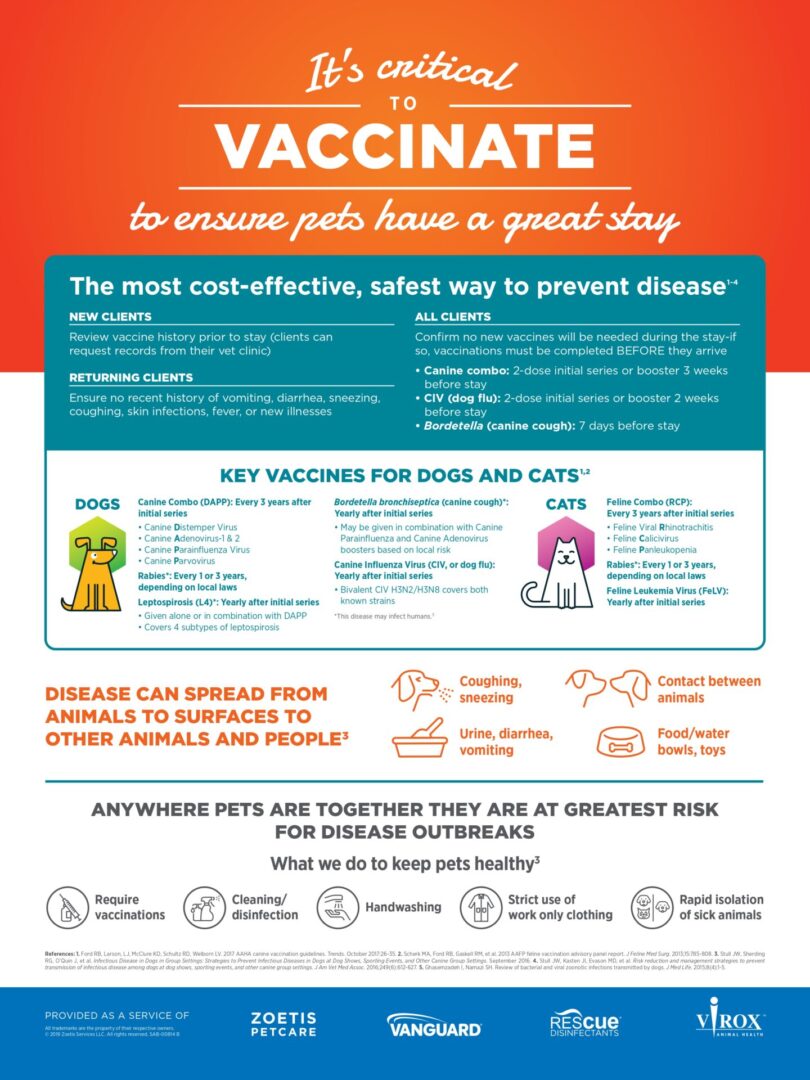
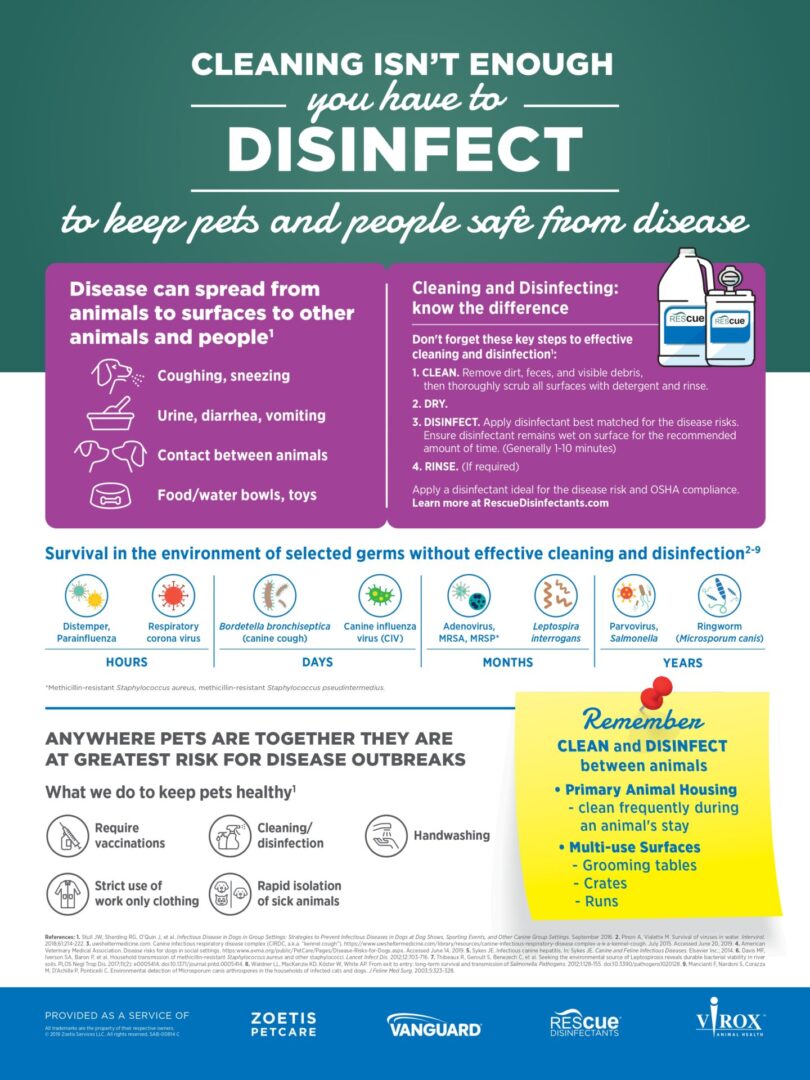
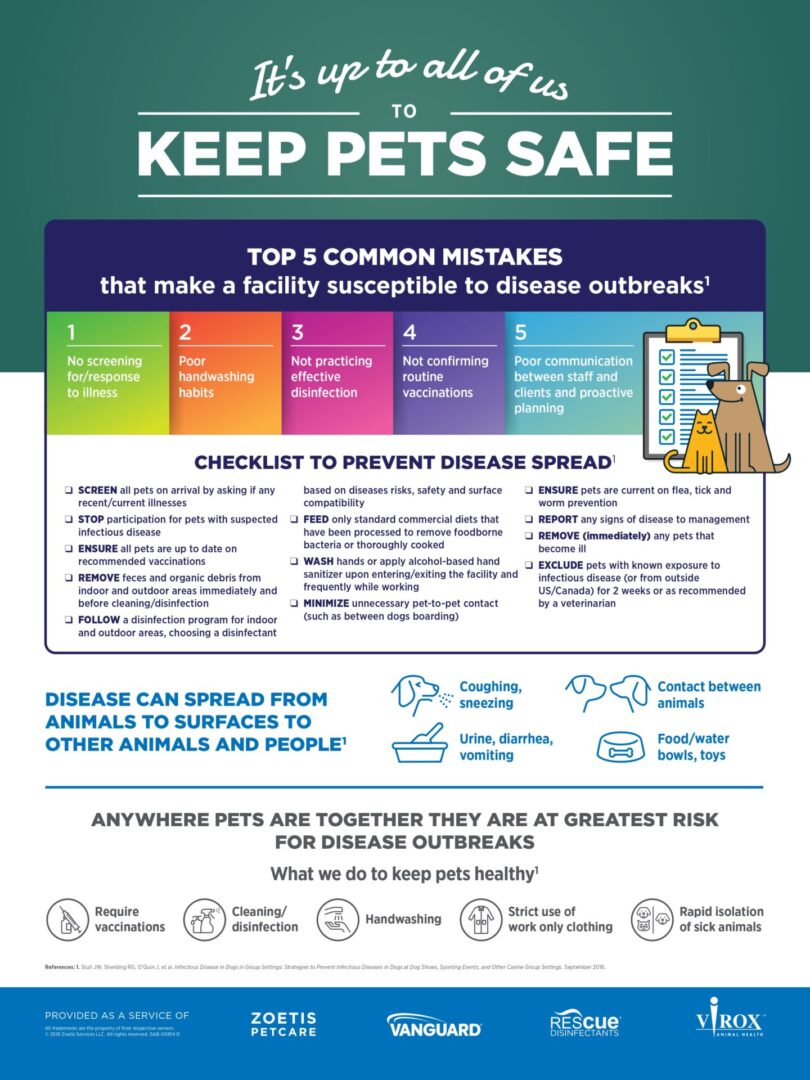
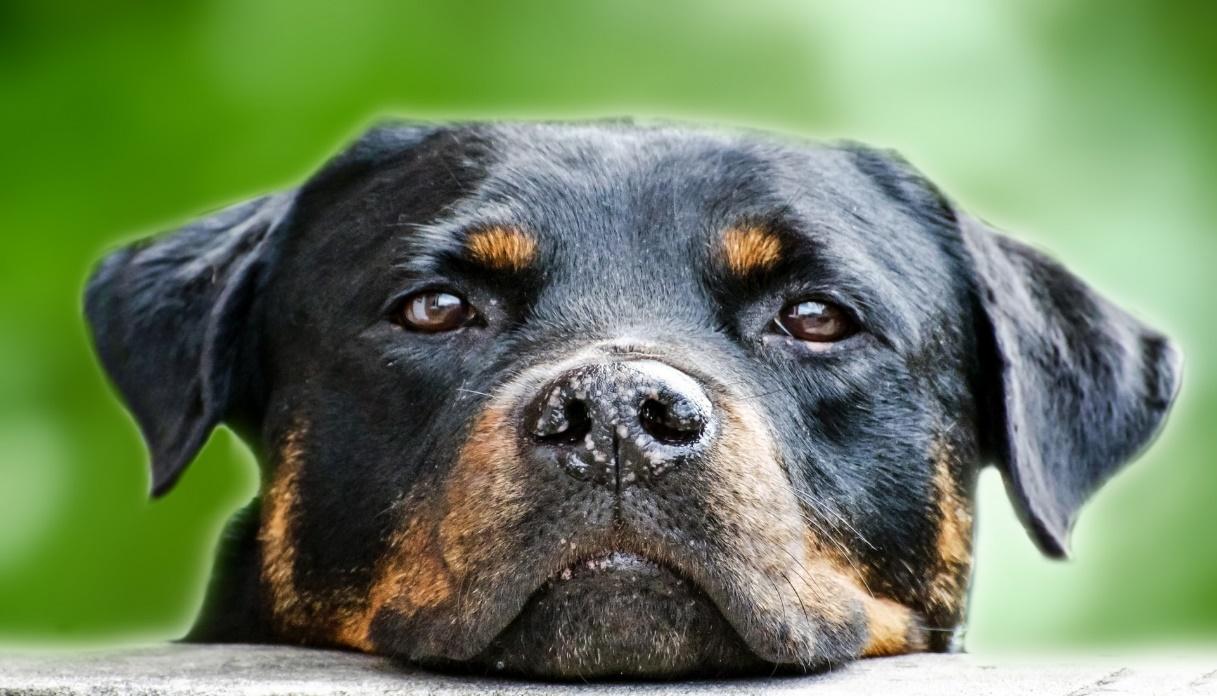
Laparoscopic spays
Because your pet deserves 65% less pain
A study published in the 2005 Journal of the Veterinary Medical Association concluded laparoscopic spays caused less surgical stress and up to 65% less postoperative pain than a traditional “open” surgical spay.
In a traditional spay a 5 to 10 cm incision is made in the abdomen through which the ovarian ligament is blindly torn from the abdominal wall. This tearing causes bruising to your pets abdominal wall and postoperative pain. In most cases your pet will be required to stay overnight. The incision takes up to two weeks to heal, with ample opportunity for infection or for her to tear open the stitches.
By performing the surgery laparoscopically (a minimally invasive technique for viewing the internal structures of the abdomen), the procedure is performed through one to three small incisions in the abdomen, 0.32 to 1.27cm in length depending on the size of your pet. A laparoscope (camera) magnifies the internal structures of the abdomen on a TV monitor, allowing for greater surgical precision and fewer complications. The magnified view of the ovarian ligament allows the doctor to carefully cut and cauterize it rather than blindly tearing it, as in a traditional spay; this eliminates the pain your pet would experience from bruising caused by tearing the ligament. The small incisions are sutured and she will usually be sent home the same day. With a laparoscopic spay, your dog will experience less trauma, heal faster and experience up to 65% less post-operative pain.
In cases of larger breed, deep chested dogs, gastropexy can be performed at the time of the lap spay to prevent life-threatening gastric torsion (bloat).
Traditional Spay
- 5 - 10 cm incision
- Pain & bruising from blindly tearing ovarian ligament
- Post-operative pain
- Open surgical procedure
- Inpatient surgery requires overnight stay
Laparascopic Spay
- 1 - 3 Tiny Holes
- Reduced pain due to precise surgical cuts
- Up to 65% less post-operative pain
- Minimally invasive technique reduces chance of infection
- Outpatient surgery allows your pet to recover at home
By incorporating the same techniques seen in human minimally invasive surgery, the laparoscopic spay or “lap spay” allows you to give your pet the same care you would expect for yourself. It is a safer, less painful, faster healing alternative to traditional spays. As an outpatient procedure your pet recovers in the comfort of your home, a less stressful alternative for both you and her.
Santa Clarita Animal Hospital
Dr. Carly Brink
After 40 years of service to the community, Santa Clarita Animal Hospital is under new ownership. Please welcome Dr. Carly Brink.
Dr. Carly Brink was born and raised in the Santa Clarita Valley. She attended California State University San Marcos, obtaining a Bachelors in Science. She went on to receive her Doctor in Veterinary Medicine (D.V.M) in 2021. She joined the Santa Clarita Animal Hospital team as an associate Veterinarian in June of 2021 and became the hospital owner in October of 2024. She is a member of the American Veterinary Medical Association and the California Veterinary Medical Association. She and the staff are dedicated to providing the most up to date, innovative yet affordable care that is specialized to your specific animal's needs.
Santa Clarita Animal Hospital has been proudly providing quality care for dogs and cats since 1984. Under our new ownership, we will continue to strive and provide a calm, fear-free, professional, and friendly environment for your pet. With our fantastic team of experienced veterinarians, Dr. Brink, Dr. Tran, Dr. Sures, we can diagnose and treat nearly any condition. We offer exams for all ages, vaccinations, traditional and laparoscopic spays, neuters, dental, and orthopedics. Our diagnostic tools allow us to get a clear picture of all your pet’s needs. We offer digital imaging for both the whole body and dental. We also offer ultrasound, endoscopy, to nometry, and, when needed, in-hospital laboratory. We are easily located on the corner of Railroad Ave and 15th street, right across from A.V Rentals.
Santa Clarita Animal Hospital provides many services, including but not limited to Office Exams, Surgeries, Digital Radiographs, Digital Ultrasound, Vaccination, and much more. Call our office if your pet needs a specific service.

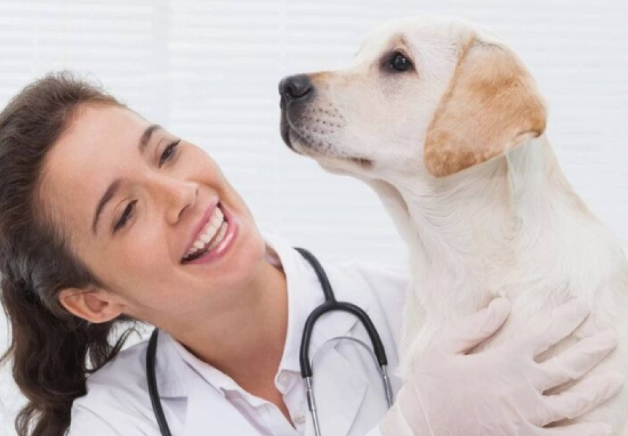
Senior Animal Care
Like they do with people, senior animals’ medical needs change over time.

Surgery
Surgery is an effective way to treat many severe injuries and disorders.

Parasite Prevention at Santa Clarita Animal Hospital
Regular application of anti-parasitic medication is the best way to keep your pet free of nasty parasites.

Ultrasound
Ultrasounds are powerful diagnostic tools that create real-time images of the inside of an animal’s body.
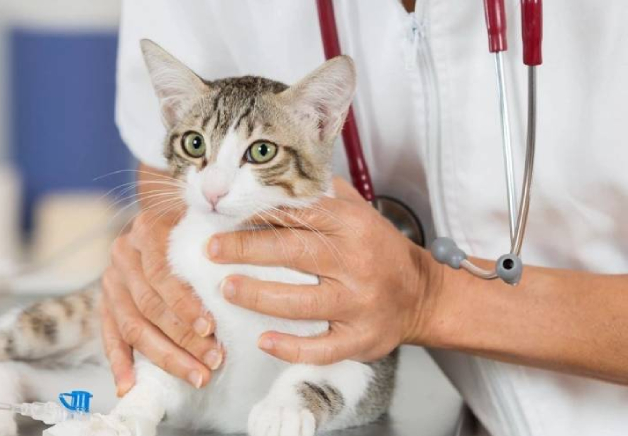
When it’s “time”
If your pet’s quality of life is low and you have decided its time to move forward with euthanasia, here are something to consider:

Emergency Care
Santa Clarita Animal Hospital is a general practice, not an emergency center.





